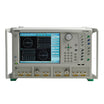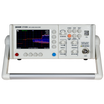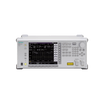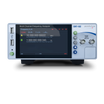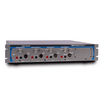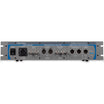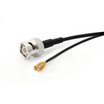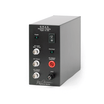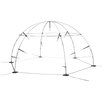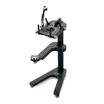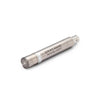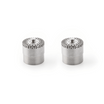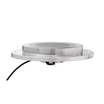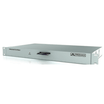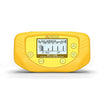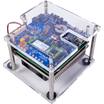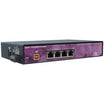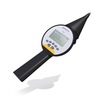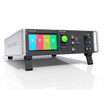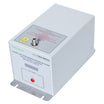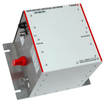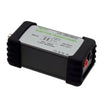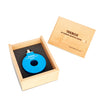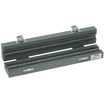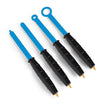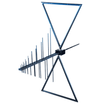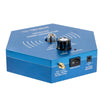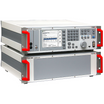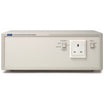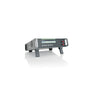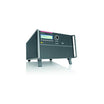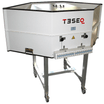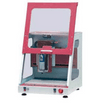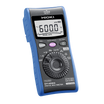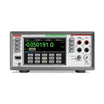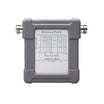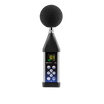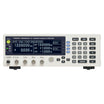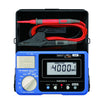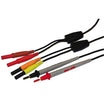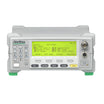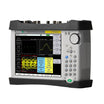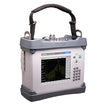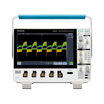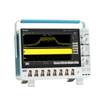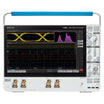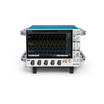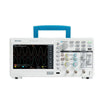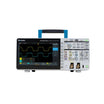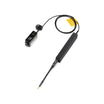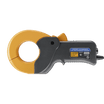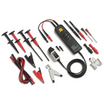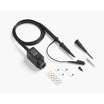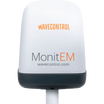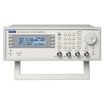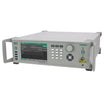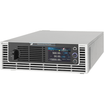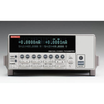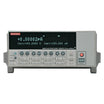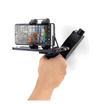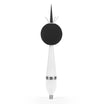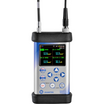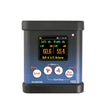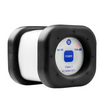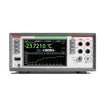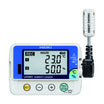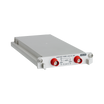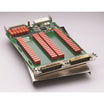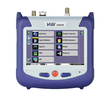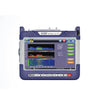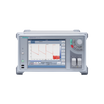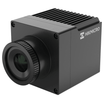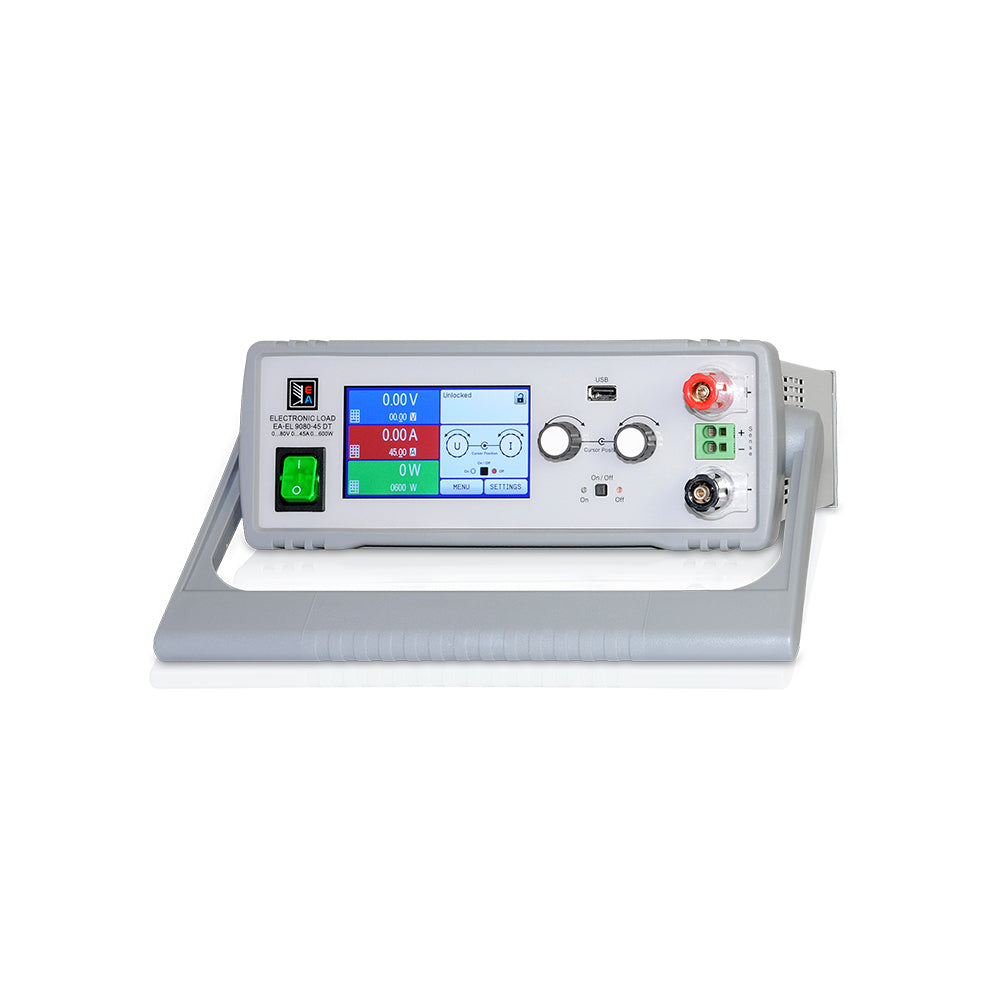
EA-EL 9080-45 DT 600W Electronic DC Load
Use our chat for personal support or contact us via +45 31 33 18 19 or salg@GOmeasure.dk
- Housing: Desktop (table)
- Voltage (U): 80.00
- Current (I) Ampere: 45.00
- Power (P) Watt: 600.00
Discover the possibilities
More information
Description
The new series of compact electronic DC loads, called EA-EL 9000 DT, extends series EA-EL 9000 T by 10 models in a desktop enclosure to round up the portfolio of electronic loads. It offers new voltage, current and power ratings for a multitude of applications for daily use in laboratories, schools or workshops.
All models support the four regulation modes constant voltage (CV), constant current (CC), constant power (CP) and constant resistance (CR). The core of the control circuit is a fast microprocessor which provides interesting features, such as a true function generator with common functions like sine wave, rectangle or triangle, but also an arbitrary function.
The color TFT touch panel offers an intuitive kind of manual operation, like it is prolific with smart phones or tablet computers.
Response times during the control of the devices via analog or digital interface have been improved by an ARM processor controlled hardware, compared to older electronic load series.
Digital interfaces, such as USB and Ethernet are standard with this series, as well as an analog one. All interfaces are galvanically isolated. Remote control and implementation into custom applications for every purpose is simplified by the common protocols SCPI and ModBus RTU, as well as by ready-to-use LabView components.
Features:
- Wide AC supply voltage range: 90...264 V, with active PFC
- Input power ratings: 0...400 W up to 0...1200 W
- Input voltages: 0...80 V up to 0...750 V
- Input currents: 0...5 A up to 0...60 A
- Multilingual color touch panel
- User profiles, true function generator
- Adjustable protections: OVP, OCP, OPP
- Operation modes: CV, CC, CP, CR
- Galvanically isolated Ethernet, analog and USB port as standard
- Carrying handle with tilt stand
- SCPI command set and ModBus RTU support
- LabView VIs and control software for Windows
Power ratings, voltages, currents
The voltage range portfolio goes from models with 0...80 V DC up to models with 0...750 V DC. Input currents with 0...5 A up to 0...60 A per unit are available. The series offers two power classes with 600 W or 1200 W peak power.
Handling (HMI)
Manual operation is done with a TFT touch panel, two rotary knobs and a pushbutton. The large color display shows all relevant set values and actual values at a glance. The whole setup is also done with the human-machine interface, as well the configuration of functions (square, trian-gle, sine) etc. The display is multilingual (German, English, Russian, Chinese).
Function generator
All models of this series include a function generator which can generate typical functions, as
displayed in the figures below, and apply them to either the input voltage or the input current.
The generator can be completely configured and controlled by using the touch panel on the
front of the device, or by remote control via one of the digital interfaces.
The predefined functions offer all necessary parameters to the user, such as Y offset, time / frequency or amplitude, for full configuration ability. Additionally to the standard functions, which are all based upon a so-called arbitrary generator, this base generator is accessible for the cre-ation and execution of complex sets of functions, separated into up to 99 sequences. These can be used for testing purposes in development and production. The sequences can be loaded from and saved to a standard USB stick via the USB port on the front panel, making it easy to change between different test sequences.
Battery test & MPP tracking
For purposes of testing all kinds of batteries, such as for example constant current or constant resistance discharging, the devices offer a battery test mode. It counts values for elapsed testing time and consumed capacity (Ah) and energy (Wh).
Data recorded by the PC during tests with EA Power Control can be exported as Excel table in CSV format and analyzed later in MS Excel or similar tools and even visualized as a discharge diagram. For more detailed setup, there is also an adjustable threshold to stop the battery test on low battery voltage, as well an adjustable maximum test period.
For photovoltaics related tests there is another function included as standard: MPP tracking. Four modes allow for simulation of the typical char-acteristics of solar inverters being connected to solar modules or panels. The function is used to determine typical operation parameters, such as the so-called Maximum Power Point and the related values UMPP, IMPP and PMPP. One of the modes even offers particular analysis with different irradiation values in form of a table with 100 points.
Power derating
The devices of the EA-EL 9000 DT series are equipped with thermal derating in order to avoid overheating when operating in the maximum power range. The lower the am-bient temperature and the better the cooling, the higher the power that the load can take. The nominal intake power before the derating starts is defined at 25°C ambient temperature.
Remote control & connectivity
For remote control, there are USB, Ethernet and analog ports available as standard on the rear of the devices. Another USB port, located on the front side, is intended for USB sticks in order to load and save functions and user profiles.
Windows users can profit from the free software “EA Power Control”. It offers a feature called “Sequencing”, where the device is controlled through a semi-automatic table in CSV format. This table represents a simple test procedure and can be created and edit-ed in MS Excel or other CSV editors and then imported into the software tool.
This software also allows for the control of up to 20 units at once with an optional feature called “Multi Control” (licensed, not free of charge). See page 118 for more information.
Specifications
Documents
Options
Video
The new series of compact electronic DC loads, called EA-EL 9000 DT, extends series EA-EL 9000 T by 10 models in a desktop enclosure to round up the portfolio of electronic loads. It offers new voltage, current and power ratings for a multitude of applications for daily use in laboratories, schools or workshops.
All models support the four regulation modes constant voltage (CV), constant current (CC), constant power (CP) and constant resistance (CR). The core of the control circuit is a fast microprocessor which provides interesting features, such as a true function generator with common functions like sine wave, rectangle or triangle, but also an arbitrary function.
The color TFT touch panel offers an intuitive kind of manual operation, like it is prolific with smart phones or tablet computers.
Response times during the control of the devices via analog or digital interface have been improved by an ARM processor controlled hardware, compared to older electronic load series.
Digital interfaces, such as USB and Ethernet are standard with this series, as well as an analog one. All interfaces are galvanically isolated. Remote control and implementation into custom applications for every purpose is simplified by the common protocols SCPI and ModBus RTU, as well as by ready-to-use LabView components.
Features:
- Wide AC supply voltage range: 90...264 V, with active PFC
- Input power ratings: 0...400 W up to 0...1200 W
- Input voltages: 0...80 V up to 0...750 V
- Input currents: 0...5 A up to 0...60 A
- Multilingual color touch panel
- User profiles, true function generator
- Adjustable protections: OVP, OCP, OPP
- Operation modes: CV, CC, CP, CR
- Galvanically isolated Ethernet, analog and USB port as standard
- Carrying handle with tilt stand
- SCPI command set and ModBus RTU support
- LabView VIs and control software for Windows
Power ratings, voltages, currents
The voltage range portfolio goes from models with 0...80 V DC up to models with 0...750 V DC. Input currents with 0...5 A up to 0...60 A per unit are available. The series offers two power classes with 600 W or 1200 W peak power.
Handling (HMI)
Manual operation is done with a TFT touch panel, two rotary knobs and a pushbutton. The large color display shows all relevant set values and actual values at a glance. The whole setup is also done with the human-machine interface, as well the configuration of functions (square, trian-gle, sine) etc. The display is multilingual (German, English, Russian, Chinese).
Function generator
All models of this series include a function generator which can generate typical functions, as
displayed in the figures below, and apply them to either the input voltage or the input current.
The generator can be completely configured and controlled by using the touch panel on the
front of the device, or by remote control via one of the digital interfaces.
The predefined functions offer all necessary parameters to the user, such as Y offset, time / frequency or amplitude, for full configuration ability. Additionally to the standard functions, which are all based upon a so-called arbitrary generator, this base generator is accessible for the cre-ation and execution of complex sets of functions, separated into up to 99 sequences. These can be used for testing purposes in development and production. The sequences can be loaded from and saved to a standard USB stick via the USB port on the front panel, making it easy to change between different test sequences.
Battery test & MPP tracking
For purposes of testing all kinds of batteries, such as for example constant current or constant resistance discharging, the devices offer a battery test mode. It counts values for elapsed testing time and consumed capacity (Ah) and energy (Wh).
Data recorded by the PC during tests with EA Power Control can be exported as Excel table in CSV format and analyzed later in MS Excel or similar tools and even visualized as a discharge diagram. For more detailed setup, there is also an adjustable threshold to stop the battery test on low battery voltage, as well an adjustable maximum test period.
For photovoltaics related tests there is another function included as standard: MPP tracking. Four modes allow for simulation of the typical char-acteristics of solar inverters being connected to solar modules or panels. The function is used to determine typical operation parameters, such as the so-called Maximum Power Point and the related values UMPP, IMPP and PMPP. One of the modes even offers particular analysis with different irradiation values in form of a table with 100 points.
Power derating
The devices of the EA-EL 9000 DT series are equipped with thermal derating in order to avoid overheating when operating in the maximum power range. The lower the am-bient temperature and the better the cooling, the higher the power that the load can take. The nominal intake power before the derating starts is defined at 25°C ambient temperature.
Remote control & connectivity
For remote control, there are USB, Ethernet and analog ports available as standard on the rear of the devices. Another USB port, located on the front side, is intended for USB sticks in order to load and save functions and user profiles.
Windows users can profit from the free software “EA Power Control”. It offers a feature called “Sequencing”, where the device is controlled through a semi-automatic table in CSV format. This table represents a simple test procedure and can be created and edit-ed in MS Excel or other CSV editors and then imported into the software tool.
This software also allows for the control of up to 20 units at once with an optional feature called “Multi Control” (licensed, not free of charge). See page 118 for more information.



